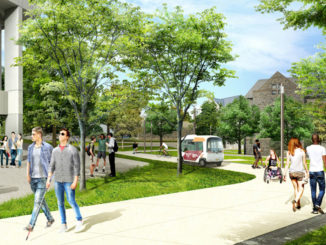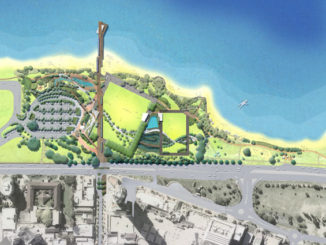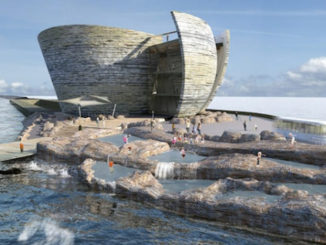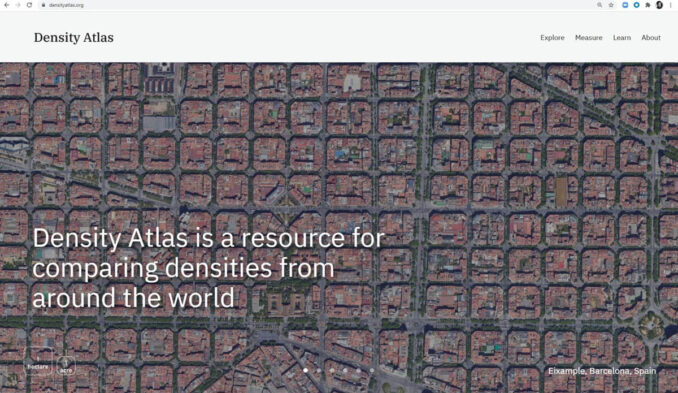
Sasaki launches Density Atlas a new resource for planners, urban designers, developers, interested urbanites, and students of the public realm to arrive at a better understanding of density, by defining density with common metrics, and cataloguing how density manifests in different contexts around the world.
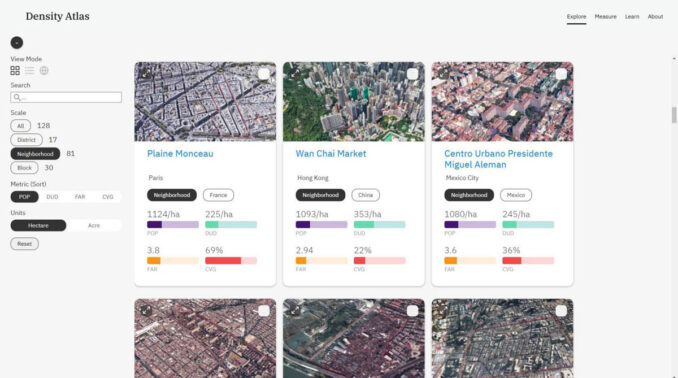
The Density Atlas has been revamped from previous iterations developed over the course of 10 years by the late Tunney Lee, professor emeritus of urban planning and former head of the MIT Department of Urban Studies and Planning (DUSP), and many students and collaborators who have touched the project over time. The revamped website unpacks the limitations of how density has been thought of and starts to define a more standardized set of metrics for understanding and comparing density across disparate global contexts.
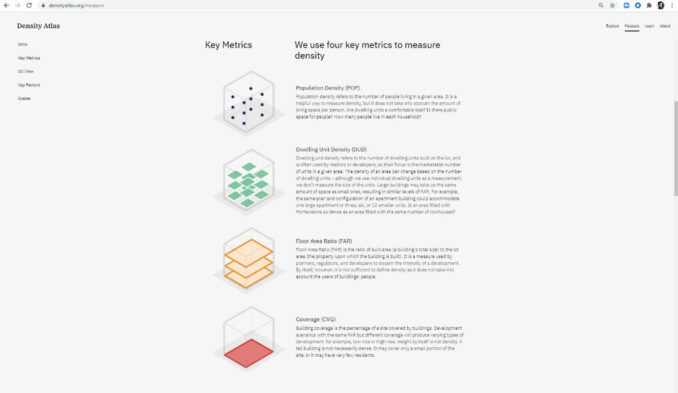
This conversation around density comes at a particularly timely moment as questions within public discourse abound around density’s role in COVID-19’s spread and what density goals should be for cities post-pandemic. “Density is often vilified and equated to overcrowding,” explains Mary Anne Ocampo, a principal at Sasaki and president of the board for the Sasaki Foundation. “This project aims to clarify what density is, isn’t, and can be so that we can have more productive dialogue around planning, development, and design to better serve people and our shared environments.”
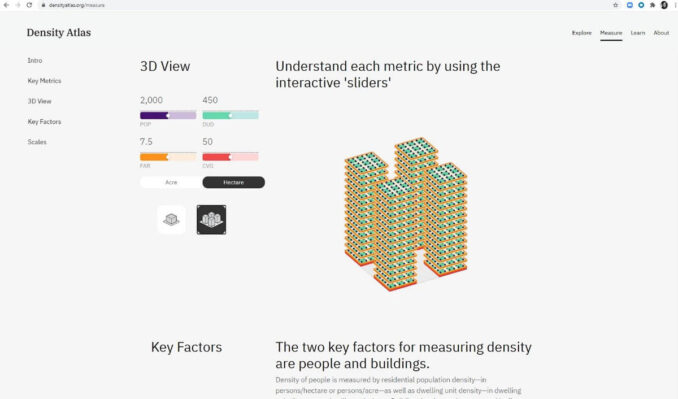
Lee charged Sasaki with continuing to steward the project and with support from the firm and the Sasaki Foundation, a team of Sasaki designers, planners, technologists, graphic designers, and a talented and committed intern from MIT, was able to expand upon the infrastructure of the site with significant improvements. “The new interface allows users to easily compare different case studies and understand the physical implications of each different metric of density in the urban environment,” says Victor Eskinazi, a Senior Associate at Sasaki who worked closely with Lee and his team while at MIT. “The site also provides better tools for us to continue to add new cities and neighborhoods to the Atlas in the future.”
Head to the website densityatlas.org to check it out for yourself!
Images & Text: Sasaki

